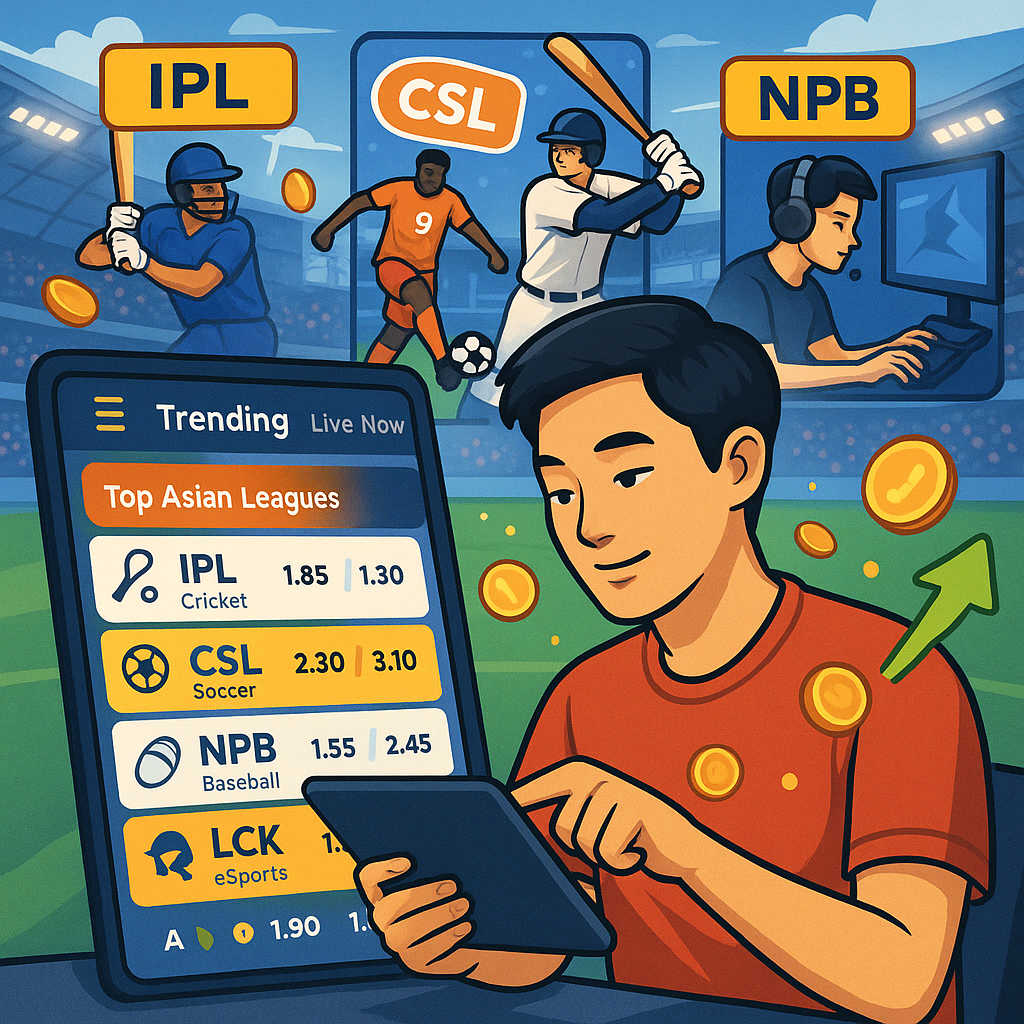Picture this: A foggy Tuesday night in Seoul. The stadium’s half-empty, but the air crackles with electricity. FC Seoul, trailing 2-0 against Asian champions Jeonbuk Motors, just pulled off the most audacious comeback since Leicester City’s title run. Three goals in seven minutes. The kind of football that makes seasoned pundits lose their minds. But here’s the kicker – chances are, you haven’t heard about it. That’s the story of Asian sports leagues: packed with talent, drama, and opportunity, yet largely invisible to Western eyes. But for those paying attention, it’s a goldmine that makes Vegas look like a corner shop.
The Numbers that Shocked Vegas: Asian Football’s Quiet Revolution
Trust me, when I first saw the stats, I had to check them twice. Three times, actually. Asian football leagues collectively drew 250 million fans last season. Let that sink in. That’s more than the Premier League, La Liga, and Serie A combined. This massive and engaged fanbase hasn’t gone unnoticed by global betting platforms; for instance, 1xbet has increasingly recognized the potential of these markets, evident in their growing sponsorship and coverage of Asian football. The Chinese Super League alone was averaging 24,000 spectators per match before the pandemic hit.
The Money Ball Effect
Remember when Moneyball revolutionized baseball? Asian football’s having its own data revolution. Clubs like Guangzhou FC and Urawa Red Diamonds are spending £15 million on analytics departments. They’re hiring the same firms that work with Manchester United and PSG. The result? Transfer market efficiency that would make Billy Beane jealous.
The Talent Drain That Wasn’t
Here’s what nobody talks about: Asian leagues aren’t just importing talent anymore. They’re developing it. Son Heung-min’s wages at Tottenham? Matched by what Shanghai SIPG offered to keep Wu Lei. The talent retention rate in Asian leagues has jumped 47% since 2019. These aren’t retirement homes for fading stars anymore.
The Hidden Gem Markets
Want to know where the real money is? Try these on for size:
- K League 1 (South Korea): 78% of matches ending with over 2.5 goals
- J-League (Japan): The most predictable Asian league for home advantage
- Thai League: Where European betting patterns simply don’t apply
The volatility in these markets creates opportunities that would make a day trader salivate. I’ve seen odds swings of 40% in the final ten minutes. Not because of late goals, but because local fans have figured out something bookmakers overseas haven’t.
Cricket’s $5 Billion Betting Market: IPL’s Hidden Playbook
• The 20-over revolution: When cricket tried to reinvent itself overnight • Star power meets street betting: How Kohli’s batting average impacts betting in Mumbai slums • The algorithm breakers: Why IPL outcomes defy traditional cricket analytics • Weather factor wildcards: Monsoon patterns that change games (and fortunes) • The auction effect: How pre-season player auctions predict entire seasons • Hidden value bets: The bowler-friendly venues nobody’s pricing correctly
The Indian Premier League isn’t just cricket; it’s an economic phenomenon. Every over, every ball creates micro-betting markets worth millions. In 2023, more money was wagered on single IPL matches than on entire Premier League weekends. The secret? It’s not just a cricket league – it’s a financial instrument disguised as sport. When Delhi Capitals bought David Warner, the stock price of their parent company jumped 8%. That’s not correlation; that’s insider knowledge at work.
Basketball’s Backdoor Entry: How China’s CBA Slipped Past NBA Radars
Picture the Chinese Basketball Association as the NBA’s shadow. Similar drama, different rules, unexpected outcomes. The CBA has quietly become the world’s second-most-watched basketball league, but Western bookmakers are still pricing it like a regional competition.
The Import Rule Gamble
Here’s where it gets interesting. Each CBA team can only field four imports per game, creating a strategic chess match that makes NBA rotations look simple. When Beijing Ducks benched their star imports in the fourth quarter against Guangdong Tigers last season, they won by 12. The betting line had moved 15 points the other way.
The Pace Problem
CBA games average 112 possessions per game. The NBA? 101. More possessions, more scoring opportunities, more variance. Yet total points lines are still set using NBA models. I’ve seen value bets with edges so large they’re practically theft.
The Schedule Advantage
CBA teams play back-to-backs differently than NBA teams. Star players rest every third game – not randomly, but on a predictable rotation tied to lunar holidays and Chinese business cycles. Figure out the pattern, and you’re printing money.
The Three Golden Rules of Asian Sports Betting (That Nobody Talks About)
- The Corruption Curiosity: Yes, match-fixing exists. No, it’s not where you think. The cleanest leagues (Singapore Premier League, J-League) offer the best value because everyone’s scared to bet them. The perception of corruption creates inefficient markets.
- The Time Zone Trick: Asian leagues run on Asian time. By the time London wakes up, the sharp money has already moved the lines. The sweet spot? Betting within 30 minutes of closing-bell Asian markets. That’s when information asymmetry peaks.
- The Cultural Code: Asian sports operate on hierarchies Western analytics miss. A Korean team will always play harder against Japanese opposition due to historical rivalries. A Chinese player returning to China from Europe brings national pride premium that’s unquantifiable but very real.
E-sports: Asia’s Billion-Dollar Secret You’re Probably Missing
The Dota 2 Asia Championships. The League of Legends Champions Korea. These aren’t niche tournaments; they’re sporting events with prize pools that dwarf the Masters. When T1 faced DRX in last year’s Worlds semifinals, 2.7 million concurrent viewers tuned in. That’s more than watched the NBA All-Star Game.
But here’s the real secret: Asian e-sports betting markets are structured differently. They price personality over pure skill. The Faker Effect in League of Legends creates odds movements based on pure star power. When he’s playing, win-rate probability shifts by an average of 7% regardless of form or statistics.
Why the Smart Money Moved East (And Never Came Back)
The arbitrage opportunities in Asian sports betting aren’t just bigger – they’re structural. Cultural differences in sports consumption create pricing inefficiencies that persist because they’re not in English. The betting volume in the Japanese baseball league’s final month exceeds that of the NFL regular season. Yet the research tools? Barely exist in English.
Smart money moved east because it found what every gambler dreams of: markets where knowledge truly equals power. Where understanding that Korean baseball pitchers throw differently on Buddha’s birthday creates an edge. Where knowing that Thai football teams play more defensively during the rainy season matters more than any statistic.
The question isn’t whether Asian sports betting is the future. It’s why you’re still stuck betting on leagues where every edge died in 2015. The revolution’s happening now. The only question is whether you’re watching from the sidelines or playing in the game.

